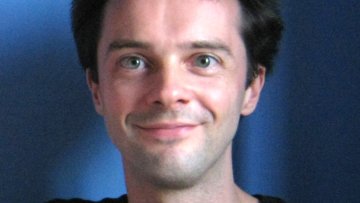Oxford Mathematician Erik Panzer talks about his and colleagues' work on devising an algorithm to compute Kontsevich's star-product formula explicitly, solving a problem open for more than 20 years.
"The transition from classical mechanics to quantum mechanics is marked by the introduction of non-commutativity. For example, let us consider the case of a particle moving on the real line.
From commutative classical mechanics...


